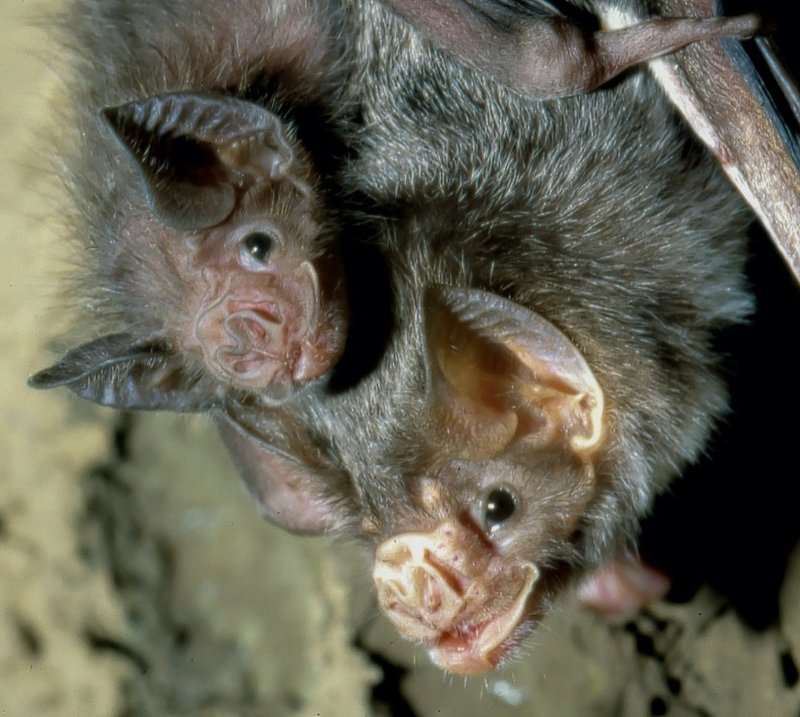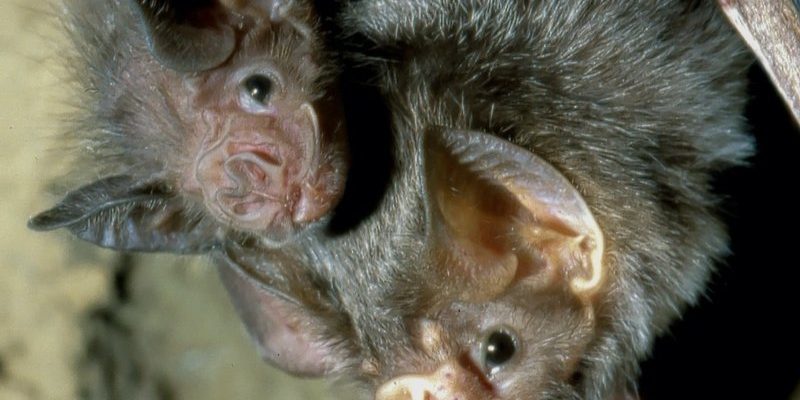
Vampire bats, known scientifically as *Desmodus rotundus*, are often misunderstood. They’re not the monstrous, blood-sucking villains of folklore, though they do have a unique eating habit. Instead of hunting humans, they prefer livestock like cows and goats. So, if you find yourself face-to-face with one, there’s no need to panic. Understanding how to react can keep both you and the bat safe. Let me explain what to do in this unusual situation.
Understanding Vampire Bats: The Basics
Vampire bats are small, typically about 3 to 4 inches long, and have a wingspan that spans about 7 to 8 inches. They have sharp teeth that help them make small incisions in their prey’s skin, allowing them to feed on blood. You might picture them as flying little gremlins darting around at night, but there’s much more to their story.
They primarily inhabit South and Central America, thriving in areas with plenty of livestock. Here’s the thing: these bats don’t actually drain their prey’s blood. Instead, they usually take only a small amount, leaving their victims unharmed for the most part. What might surprise you is that vampire bats have a highly social structure. They groom each other and share food, showing a surprisingly caring side.
If you’re in an area where vampire bats are common, it’s good to know what they look like. Their fur is typically a dark brown or gray, and they have impressive echolocation abilities, which help them navigate in the dark. You might find their appearance a bit cute once you get past the myths!
Stay Calm: Your First Reaction
Now, you might be wondering, “What should I do when I see one?” The most important thing is to stay calm. If a vampire bat is flying nearby, it’s probably just curious or trying to find food. They’re not looking for a human meal! So, take a deep breath and remember that your reaction can influence the bat too.
Instead of panicking, give the bat some space. They will naturally avoid larger animals, including us humans. If the bat seems to linger or approach you, don’t swat at it or make erratic movements. Sudden actions can startle it, making the situation more precarious. Stand still and let it fly away on its own.
If you’re in a situation where the bat has landed nearby, observe it from a distance. Watching these creatures can be fascinating! You’ll get to see how they interact with their surroundings. Just keep your distance so they don’t feel threatened.
Precautions to Take Nearby
If you are in vampire bat territory, consider taking a few precautions before your adventure. Wear protective clothing, especially if you’re hiking near livestock. Long sleeves and pants can help prevent any bites, although the chances are slim. Here are some additional tips:
- Be aware of your surroundings: Keep an eye out for signs of bats or other wildlife.
- Travel in groups: There’s safety in numbers. Bats are less likely to approach a crowd.
- Stay close to light: Bats prefer darker areas, so sticking to well-lit paths can help.
- Avoid disturbing roosting sites: If you see a colony, keep your distance. They can be defensive if disturbed.
Taking these steps can make your experience in bat territory both safer and more enjoyable. Besides, you might get lucky and see a bat in its natural habitat without any encounter at all!
Dealing with a Bat Encounter
So, let’s say you’ve seen a vampire bat closer than you’d like. What’s next? If you find yourself in this situation, it’s crucial to handle it properly. Here’s a simple guide to make sense of what to do:
1. Keep Still: As mentioned earlier, resist the urge to wave your arms or yell. Bats are sensitive to movement.
2. Assess the Situation: Is the bat just passing by or is it more stationary? If it’s just flying around, standing still is usually enough.
3. Back Away Slowly: If the bat seems to be exploring your vicinity, it’s a good idea to walk backwards slowly. Avoid direct eye contact, which can be viewed as a threat.
4. Leave the Area: If you feel uncomfortable, give the bat its space and leave the area by taking a wide berth around it. Bats are not aggressive and will typically move on once you create distance.
By following these steps, you can help ensure that both you and the bat have a safe experience.
Health Considerations: Understanding Risks
While vampire bats usually aren’t a threat to humans, there are health considerations to keep in mind. These bats can carry rabies, just like many wild animals. Although the chances of getting rabies from a vampire bat are low, it’s still wise to be informed.
If bitten, you need to seek medical attention right away. Symptoms of rabies can be severe and often lead to serious health issues. Here’s what to look out for:
– Fever and headache
– Weakness or discomfort
– Confusion or agitation
If you experience any of these symptoms after a bat encounter, contact a healthcare professional. Remember, it’s always better to be safe than sorry!
Conservation and Protection of Vampire Bats
You might find it interesting that vampire bats play an essential role in their ecosystem. They help control livestock populations by feeding on the weak or sick, which can promote healthier herds overall. They also help with nutrient cycling, as their droppings (guano) are excellent fertilizer.
Unfortunately, vampire bats face threats from habitat loss and fear-driven persecution. Many people consider them pests, leading to unwarranted extermination. Here’s the thing: education is key. By learning about these creatures and their role in the ecosystem, we can work towards better coexistence.
Supporting conservation efforts and spreading awareness about their importance can help ensure that vampire bats thrive in their natural habitats.
Encountering a vampire bat in the wild might not be something you planned, but it can turn into a unique experience. While they have a fearsome reputation, understanding their behavior and role in the ecosystem reveals the beauty of these creatures.
By staying calm and taking appropriate precautions, you can navigate these encounters safely. And remember, they’re a part of the wild you’re exploring. Embrace the unexpected, and who knows what other fascinating aspects of nature you’ll discover!

